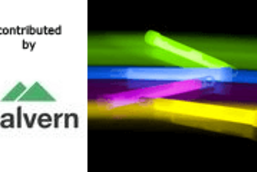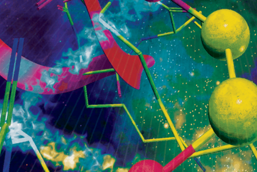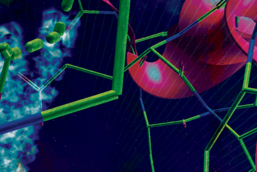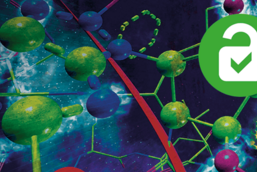Latest articles in Discovery & Development
Latest articles in Manufacture
Latest articles in Business & Regulation
Latest Product Profiles
Latest White Papers

Find out more
The Power List 2022
The Power List 2022 focuses on the top 10 VIPs in three key categories of medicine making
Find out more
Find out more
The Power List 2021
The Power List 2020
The Power List 2020
The Power List 2019
The Power List 2019
All Power Lists

Find out more
The Power List 2025
Welcome to our annual celebration of the inspirational and influential minds driving innovation in medicine making
Find out more
Read more
The Company Of The Year 2025
Find out more
The Power List 2024
Read more
The Company Of The Year 2024
All Awards



























